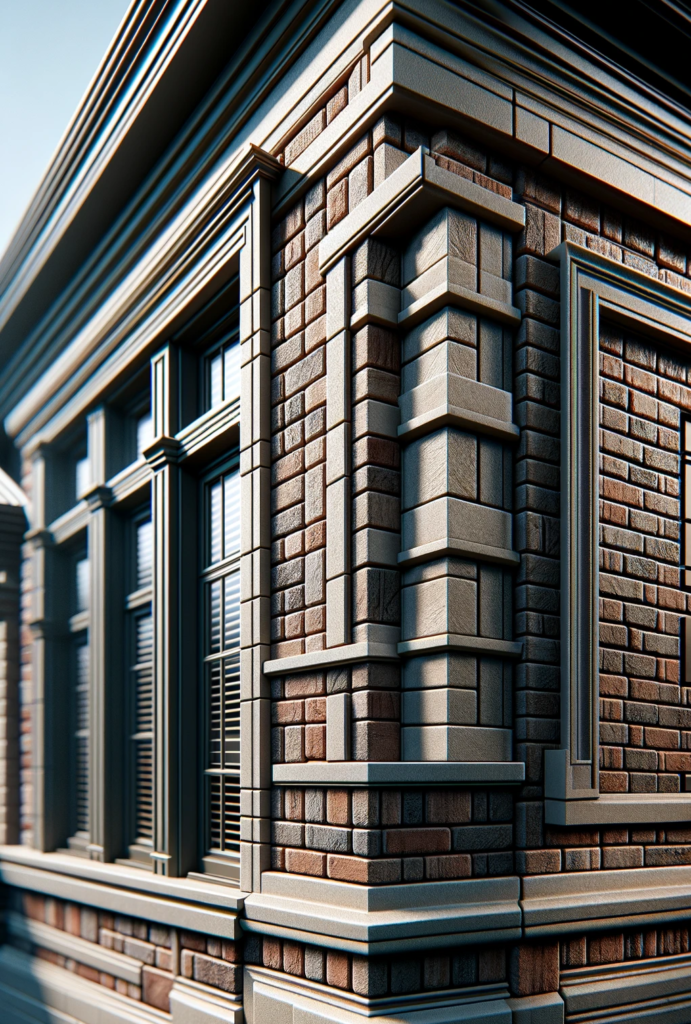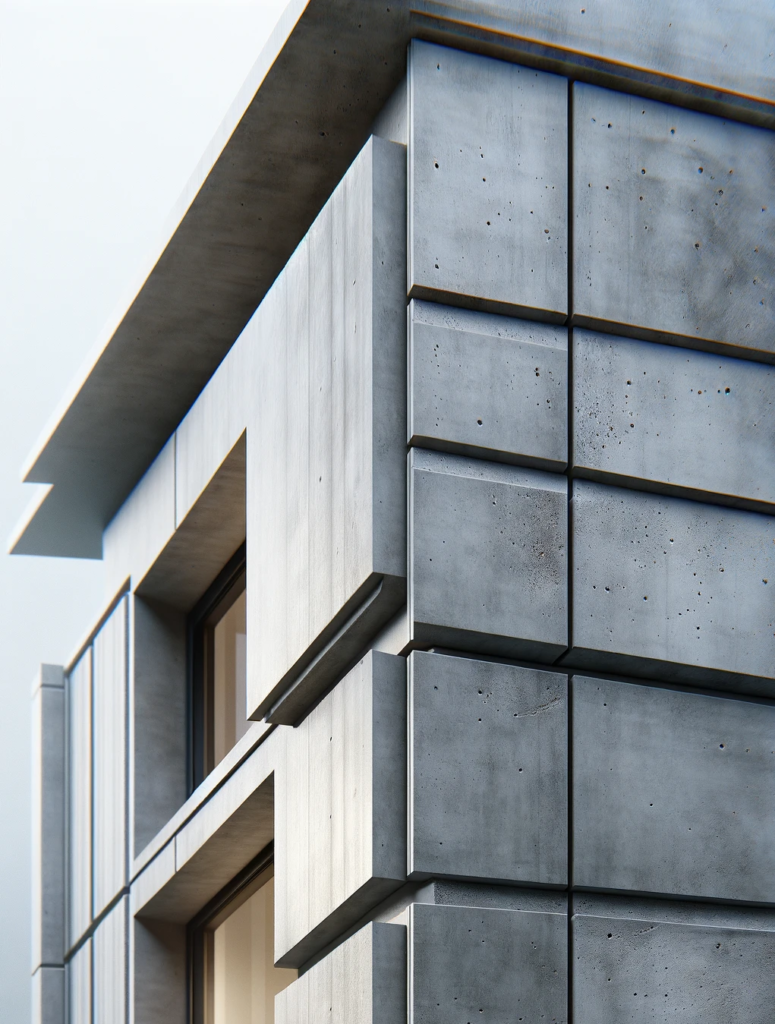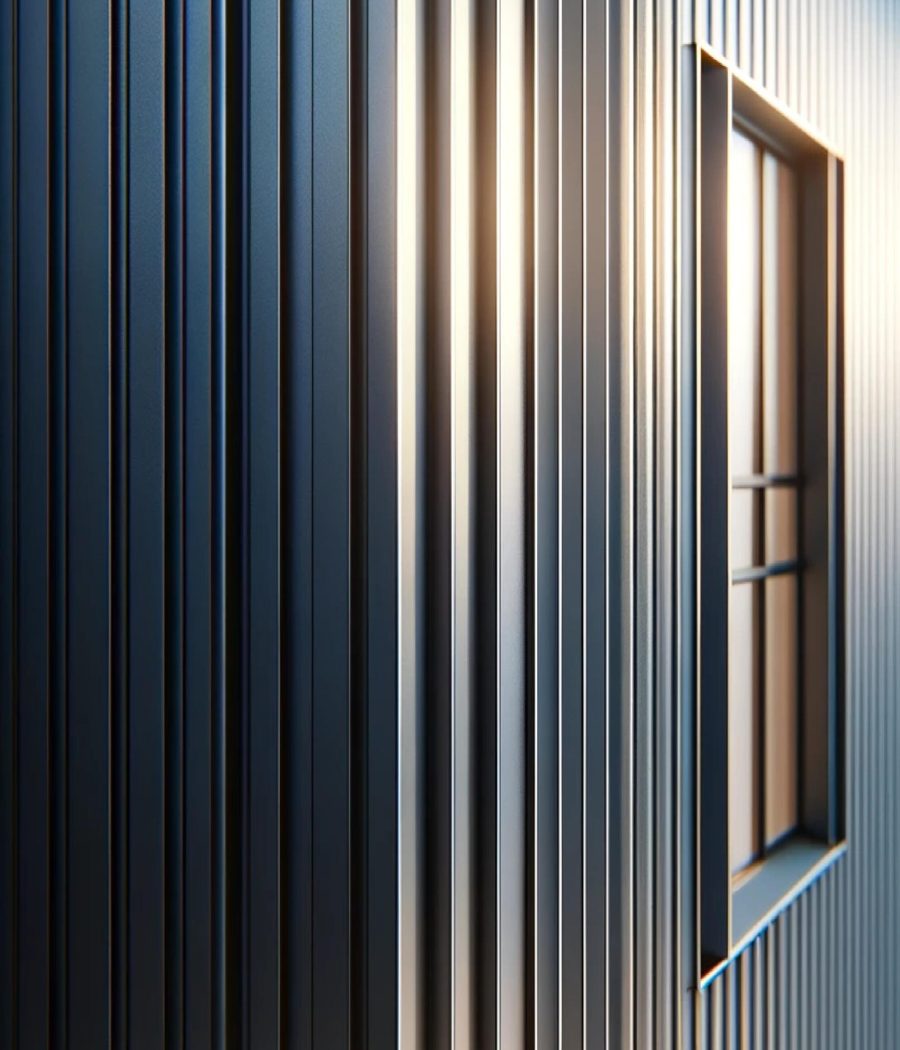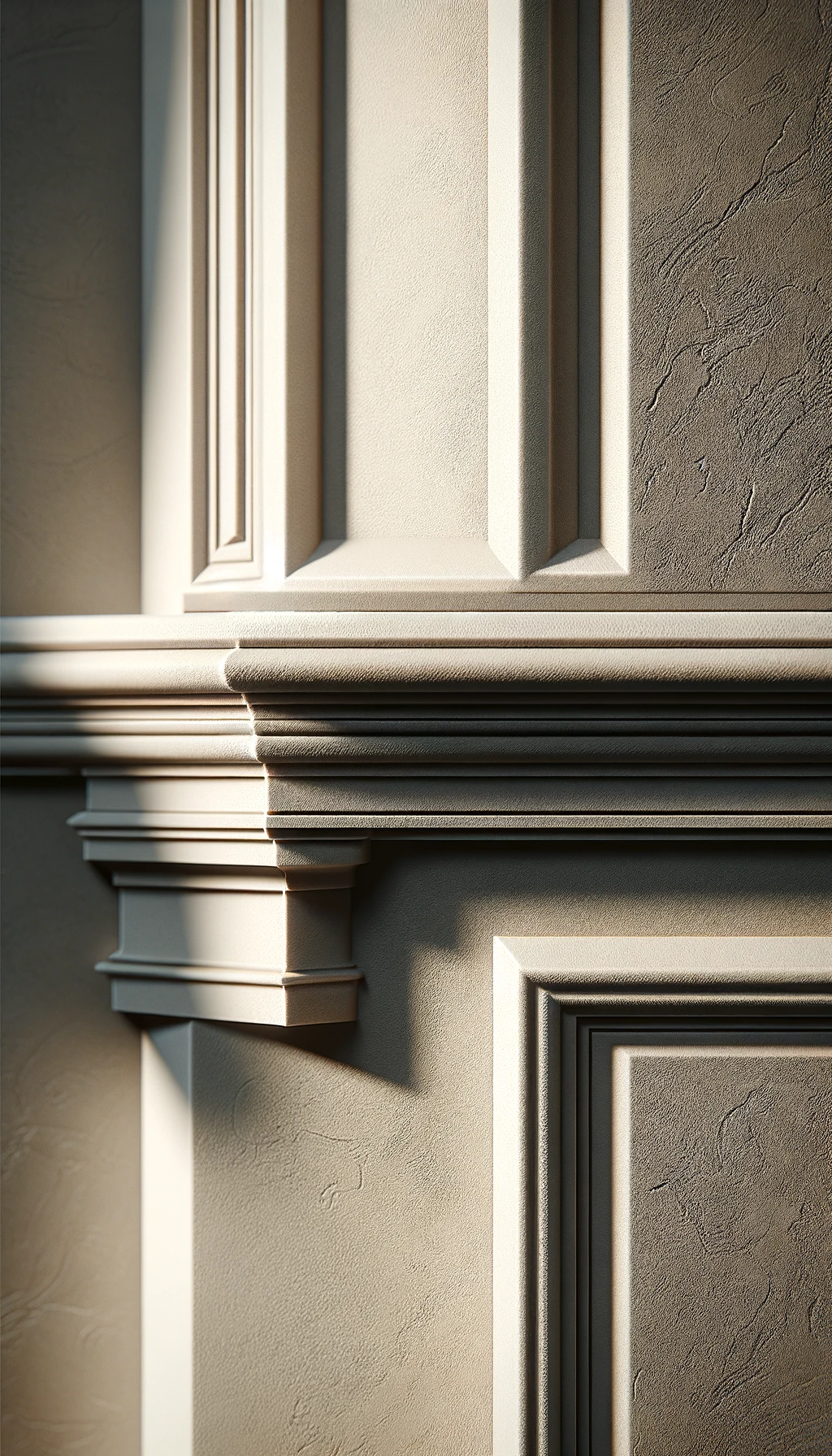Siding Types
- Home
- Information
Types of Siding for Homes and ADUs | Compare Popular Exterior Finishes
Brick
Brick siding has been a popular choice for homeowners for centuries due to its durability and timeless appeal. It is a classic building material that can lend a stately, traditional look to any home. It is made from fired clay and is incredibly sturdy and long-lasting, withstanding the elements, fire, and pests, making it a low-maintenance option for homeowners.
Brick is a great insulator, which can help to reduce energy costs by keeping homes cool in the summer and warm in the winter. This can be especially beneficial in areas with extreme temperatures. Brick siding is a durable, energy-efficient, and classic option for homeowners.
While it can be expensive and heavy, it can also provide long-lasting beauty and protection for homes. Homeowners who are considering brick siding should carefully weigh the pros and cons before making a decision.


Concrete
Concrete siding, also known as fiber cement siding, has become a popular choice among homeowners due to its durability, energy efficiency, and low maintenance requirements. Made of a mixture of cement, sand, and cellulose fibers, concrete siding mimics the appearance of wood siding while providing superior strength and protection against the elements.
One of the most significant advantages of concrete siding is its durability. It can withstand harsh weather conditions, including heavy rain, wind, and snow, and is also fire-resistant, making it a safer option for homeowners. Concrete siding is also low maintenance, as it is resistant to rot, insects, and warping,
which can save homeowners time and money on maintenance costs. Its insulating properties can also help to reduce energy costs by keeping homes cooler in the summer and warmer in the winter.
Another advantage of concrete siding is its versatility. It is available in a wide range of colors and styles, including those that mimic the look of wood, stone, or brick. This allows homeowners to customize their home is exterior to their preferred style.
However, concrete siding can be more expensive than other siding options, such as vinyl or aluminum siding. Additionally, its weight and composition require professional installation, which can add to the overall cost of the siding.
Metal
Metal siding is commonly used in both residential and commercial construction. It is a versatile and durable material that can provide a number of benefits to property owners, including improved energy efficiency, increased curb appeal, and enhanced protection against the elements.
One of the primary benefits of metal siding is its durability. It is resistant to many types of damage, including rot, insect infestations, and fire. It is also able to withstand extreme weather conditions, such as high winds and heavy rain, which can cause other types of cladding to warp or buckle. Another benefit is its versatility in terms of design, as it is available in a wide range of colors and textures.
Additionally, metal siding can be cut and shaped to fit any design specifications, which makes it a popular choice for modern and contemporary buildings. Despite its many benefits, metal siding does have some drawbacks that should be considered. For one, metal siding can be more expensive than
other types of cladding, particularly if a premium material like copper or zinc is used. Finally, metal siding can be prone to denting or scratching, particularly if it is not properly installed or maintained. While this may not be a significant issue for many property owners, it is something to be aware of when considering metal siding as an option.


Stucco
Stucco siding is a popular choice for homeowners looking for a textured and durable exterior. It is a cement-based material that is applied in multiple layers to create a unique, textured finish. There are two main types of stucco: traditional and synthetic. Traditional stucco is made with cement, sand, and water, while synthetic stucco is made with a foam insulation layer and a
topcoat of acrylic or cement-based finish. Traditional stucco is more durable but can be more difficult to install, while synthetic stucco is easier to install but not as durable.
One of the major benefits of stucco siding is its durability. Stucco can last for several decades and requires minimal maintenance. It is also fire-resistant and can provide an additional layer of insulation for the home, which can lead to lower energy bills. It comes in a variety of colors and finishes, allowing homeowners to choose a look that complements their home’s style. However, there are also some downsides to stucco siding. One major issue is its susceptibility to water damage. If not installed correctly or maintained properly, stucco can trap moisture, which can lead to mold and mildew growth and damage to the underlying structure of the home.
Additionally, stucco can be more expensive than other siding options, particularly traditional stucco, due to the complexity of the installation process. In conclusion, stucco siding can be a great option for homeowners looking for a durable and textured
exterior. However, it is important to carefully consider the type of stucco and ensure proper installation and maintenance to avoid potential water damage issues. With proper care, stucco siding can provide a unique and long-lasting finish to any home.
Wood
Wood siding is a popular choice for many homeowners due to its natural beauty and versatility. It can enhance the curb appeal and value of a property, and it is a renewable resource that is environmentally friendly. Additionally, wood siding is durable and can last for decades with proper maintenance. However, it also has some disadvantages, including susceptibility to decay, higher cost, and lack of fire-resistance. Homeowners should weigh the pros and cons carefully and consider their personal preferences, budget, and environmental concerns before deciding to use wood siding for their homes. Ultimately, with proper care and maintenance, wood siding can provide a natural and classic look to a home that stands the test of time.








